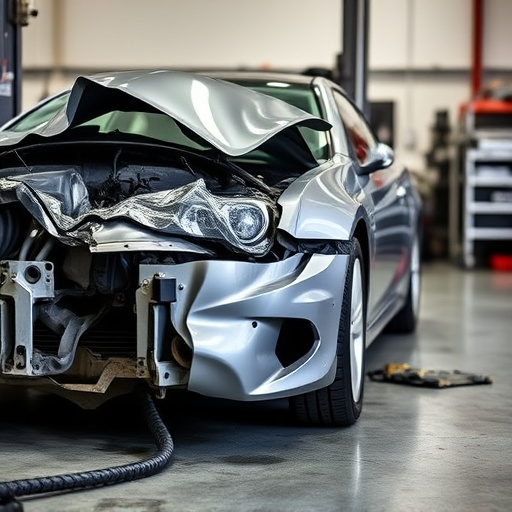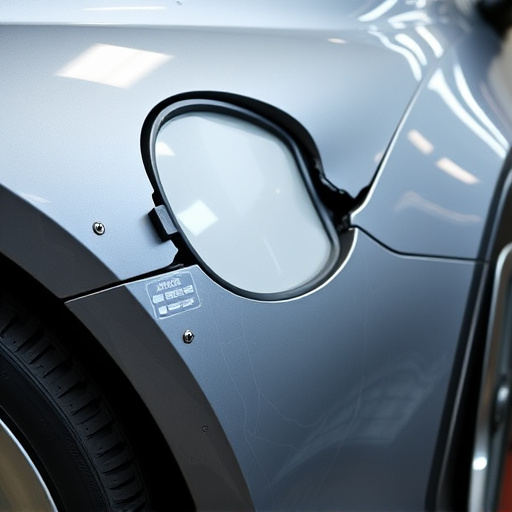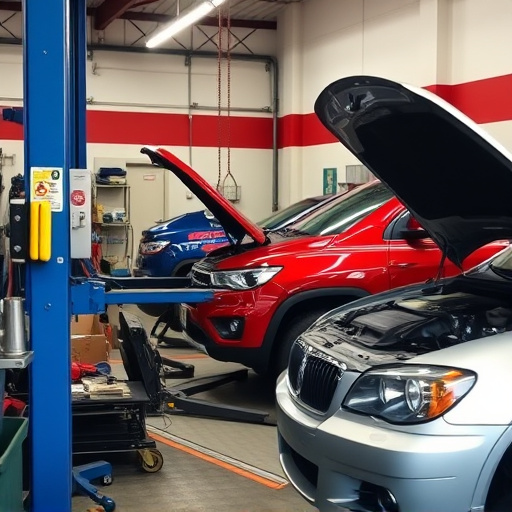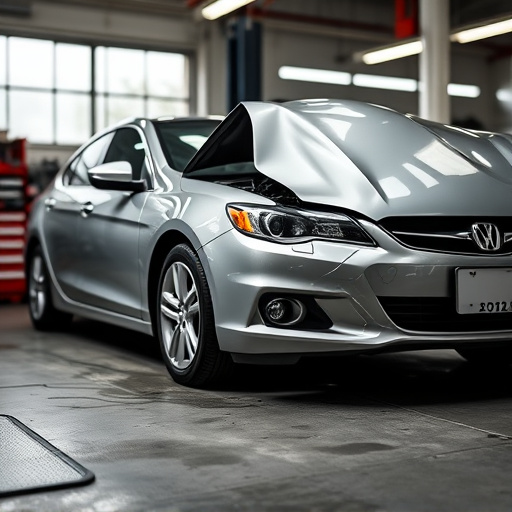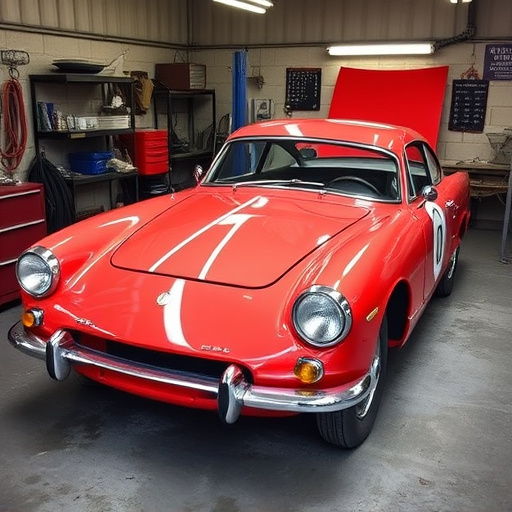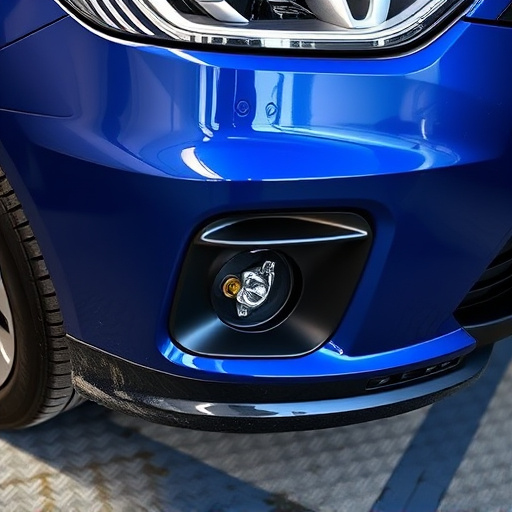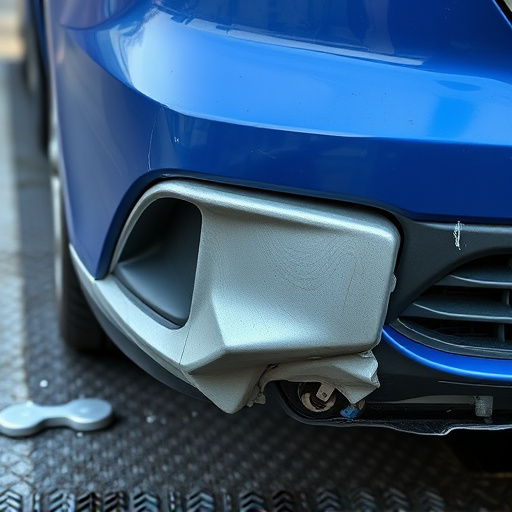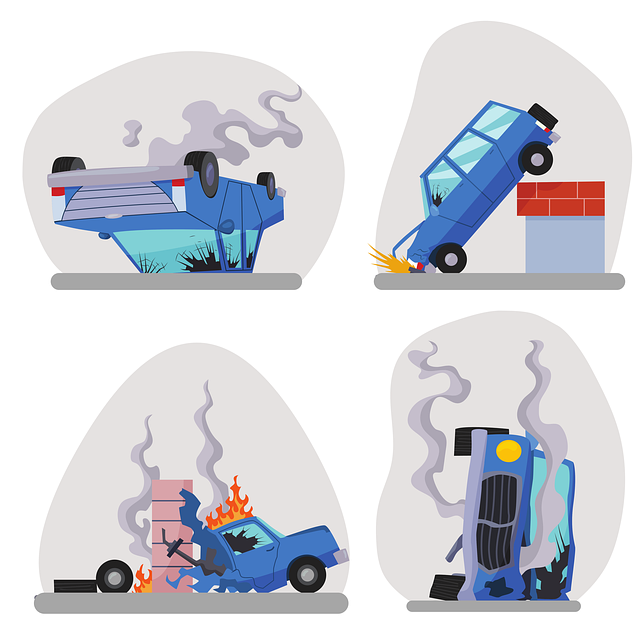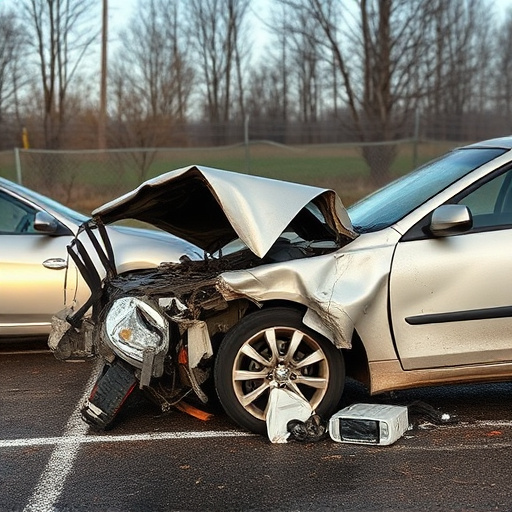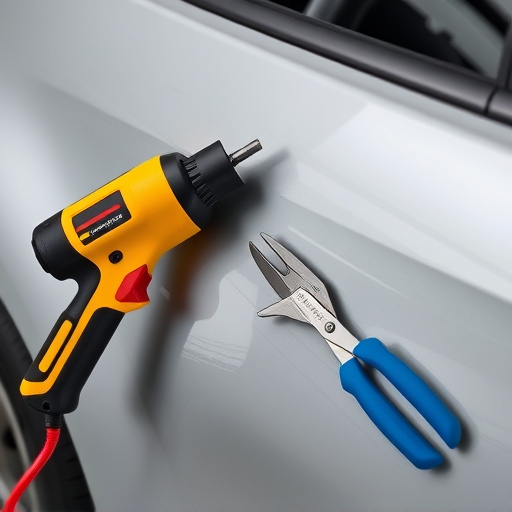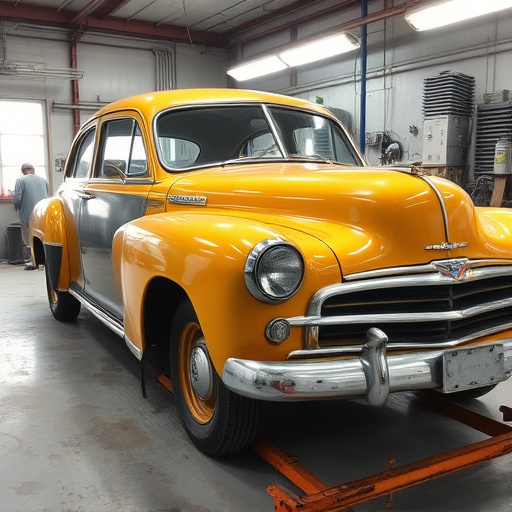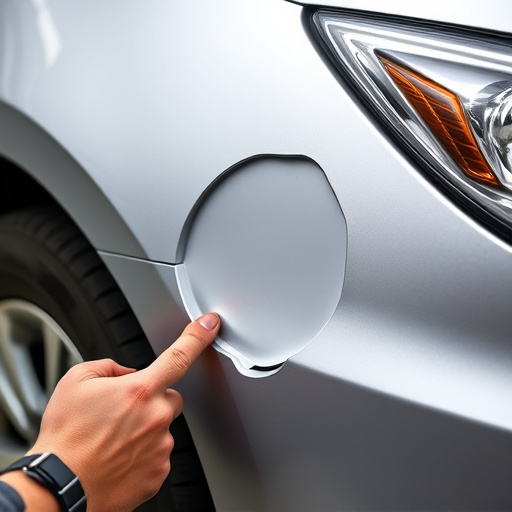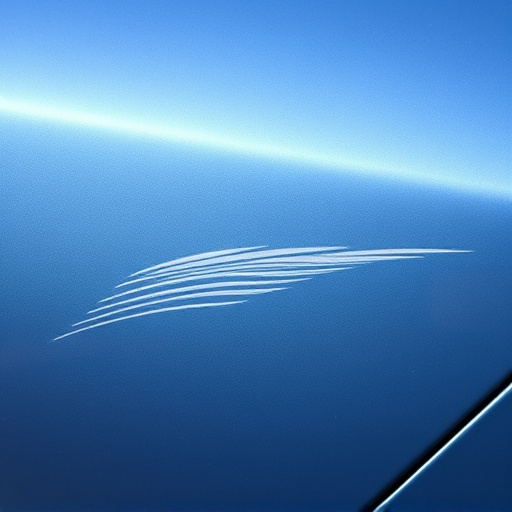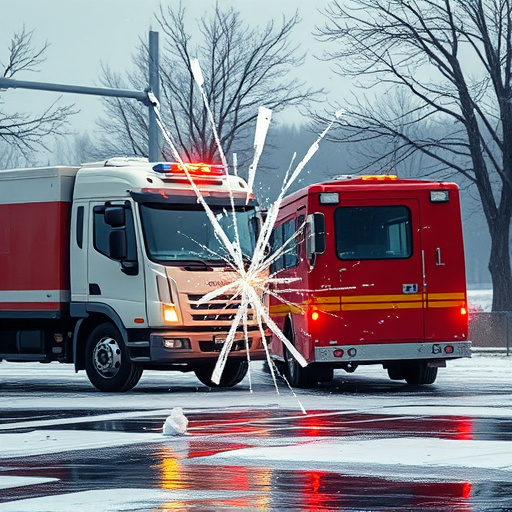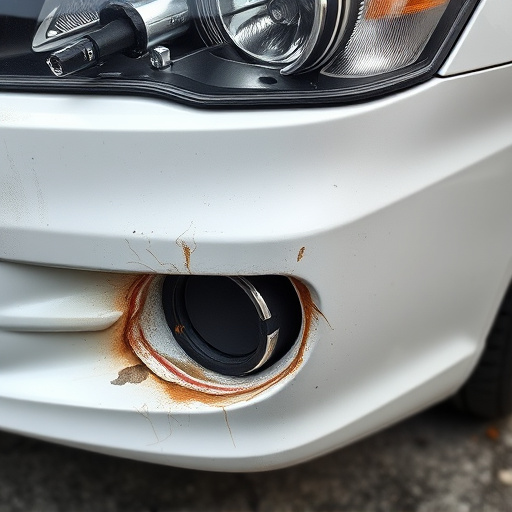Waterborne paint systems transform Mercedes Benz collision repair, offering an eco-friendly alternative with reduced VOCs, faster drying times, excellent coverage, minimal odor, and superior durability. Proper surface preparation, including cleaning, degreasing, patching, and priming, ensures optimal results. Technicians use specific techniques for automotive and classic car restoration, favoring low-VOC waterborne paints for their speed, minimal scent, and environmental benefits.
Waterborne paint systems are revolutionizing the painting industry, offering both durability and aesthetic appeal. This article delves into the art and science behind these systems, guiding technicians through every step from understanding their benefits and basics to surface preparation for optimal results. Learn proven techniques for application, ensuring long-lasting finishes that enhance any space. Discover why waterborne paints are a game-changer in today’s market, providing not just beauty but also environmental friendliness.
- Understanding Waterborne Paint Systems: Benefits and Basics
- Preparing Surfaces for Optimal Adhesion and Coverage
- Techniques for Applying Waterborne Paints for Durability and Aesthetics
Understanding Waterborne Paint Systems: Benefits and Basics
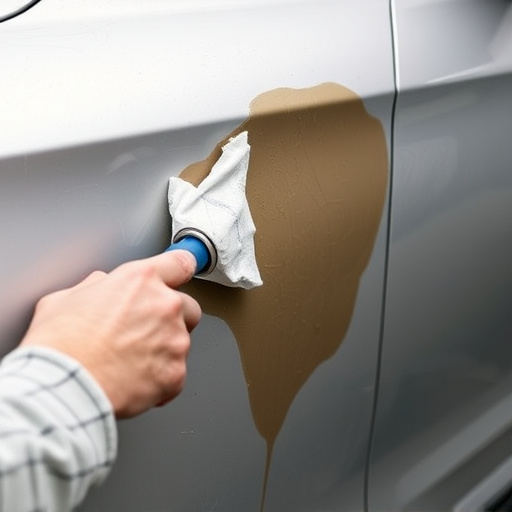
Waterborne paint systems have gained significant popularity in the automotive industry, including Mercedes Benz collision repair services, due to their numerous benefits. These innovative systems replace traditional solvent-based paints with water-based alternatives, offering a more environmentally friendly and efficient option for car repair services. By using water as a carrier instead of harmful solvents, waterborne paints reduce VOC (volatile organic compound) emissions, making them a safer choice for technicians and the environment.
The basic concept behind waterborne paint systems is simple: paint components are suspended in water, creating a stable emulsion. This allows for easier application and faster drying times compared to conventional paints. Technicians appreciate these systems for their excellent coverage, smooth finish, and reduced odor, making them ideal for both interior and exterior car repair services. Moreover, waterborne paints offer superior durability and resistance to chipping, ensuring the restored vehicle looks as good as new for a longer period.
Preparing Surfaces for Optimal Adhesion and Coverage
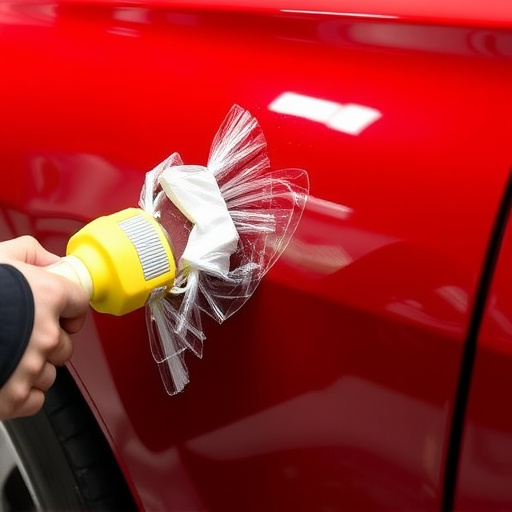
Preparing surfaces is a critical step in achieving optimal adhesion and coverage when applying waterborne paint systems. Technicians start by thoroughly cleaning the area to remove any dirt, grease, or existing debris that could hinder the bonding process. This involves using appropriate solvents or degreasers, followed by a rinse to ensure no residue remains. The next step is to patch and prime any imperfections on the surface. For automotive repair services, hail damage repair, or auto painting, filling in dents and cracks with body putty and then sanding smooth is a common practice.
After the initial preparation, technicians may use an undercoat or primer specifically designed for waterborne paints to further enhance adhesion. This layer provides an even base, ensuring that the topcoat adheres evenly and thoroughly covers the surface. Proper surface prep not only guarantees better paint results but also extends the lifespan of the finish in various applications, from automotive repair services to protecting homes against hail damage.
Techniques for Applying Waterborne Paints for Durability and Aesthetics
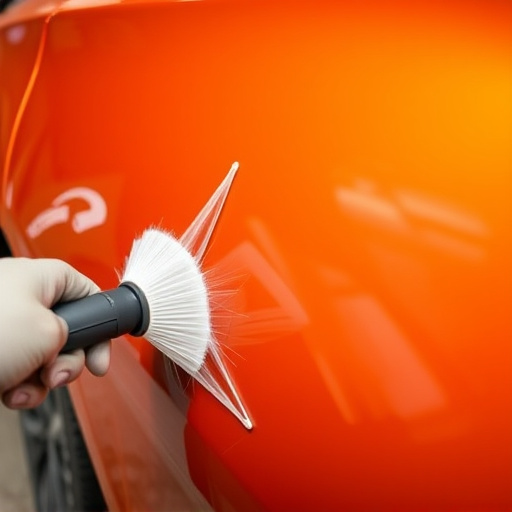
Technicians applying waterborne paint systems for both automotive repair and collision repair services employ specific techniques to ensure durability and aesthetics. This involves careful preparation of the surface, including cleaning, degreasing, and sanding to create a smooth base. Primers are often used to seal the substrate, enhancing adhesion and preventing rust or moisture penetration, which can compromise the paint job over time.
For optimal results in classic car restoration, technicians may employ multi-stage painting involving several thin coats instead of one thick layer. This approach promotes even coverage, minimizes defects, and enhances the overall finish. Additionally, using low-VOC (volatile organic compound) waterborne paints not only contributes to better air quality during application but also ensures faster drying times and reduced odor, making it a preferred choice for both professionals and hobbyists in the field of collision repair services and classic car restoration.
Waterborne paint systems offer a superior option for both durability and environmental friendliness. By understanding the basics, preparing surfaces meticulously, and employing specific application techniques, technicians can achieve exceptional results. This approach ensures not only aesthetically pleasing finishes but also long-lasting protection for various surfaces, making waterborne paints an eco-conscious choice for any project.
